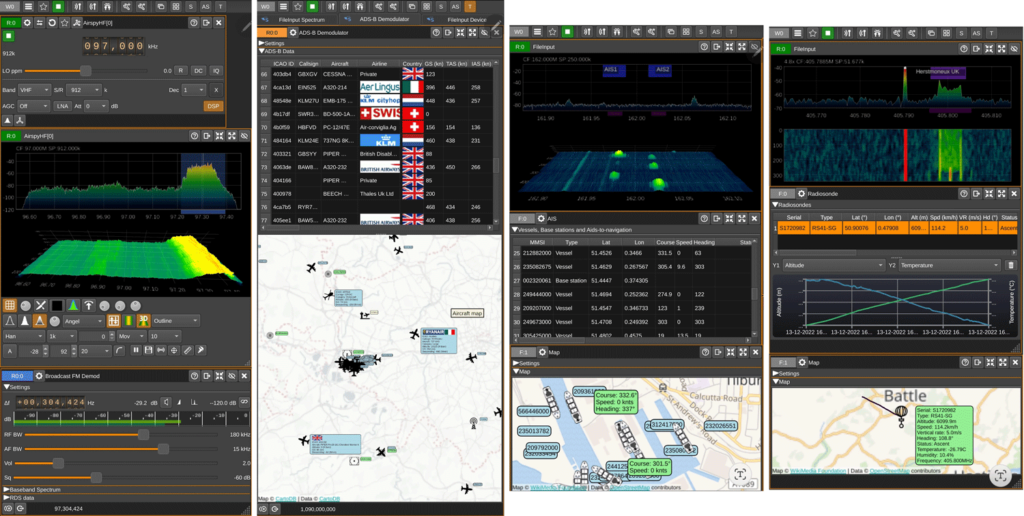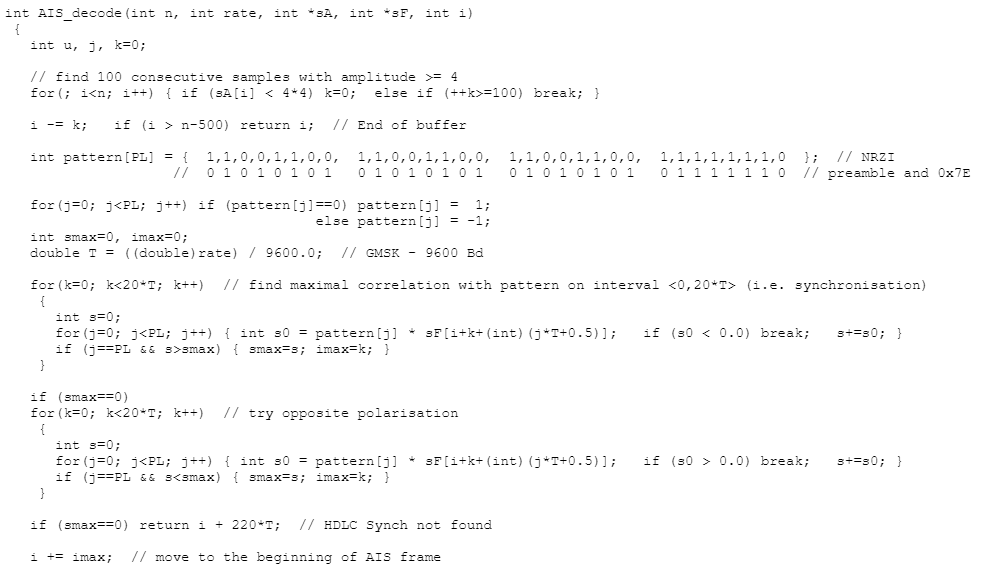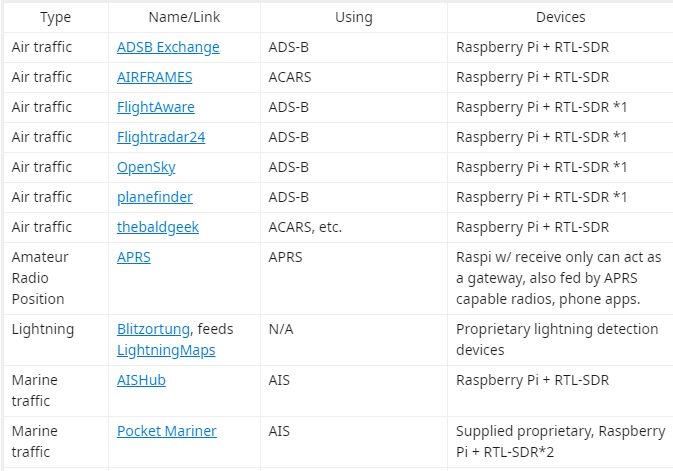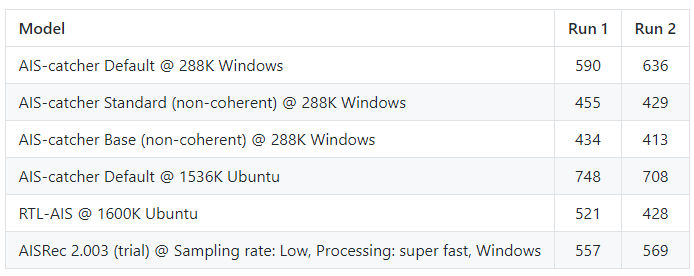AirNav Systems Launch AIS Aggregator ShipXplorer.com
AirNav Systems are behind the RadarBox ADS-B tracking aggregator, one of several companies that use data obtained by volunteers running RTL-SDR dongles to collect ADS-B flight data from all over the world.
Recently they've launched a new project called ShipXplorer.com which is a marine AIS aggregation service. Like RadarBox, ShipXplorer relies on volunteers running receiver stations all around the world. AIS is an acronym for 'Automatic Identification System', and in a similar way to ADS-B on aircraft, AIS allows the real time tracking of marine vessel positions.
To help enthusiasts with AIS reception, AirNav have also launched an AIS optimized RTL-SDR dongle. At the moment we're not exactly sure how this dongle works, as it advertises NMEA output with no add-on programs required. So this may imply it has some onboard processing. But reviews imply that it is just an RTL-SDR dongle with TCXO. We are currently inquiring with AirNav Systems. UPDATE: We have clarified with AirNav and confirmed that the dongle is an RTL-SDR dongle with AIS modifications (LNA & TCXO). There is no onboard processing and the advertising text was an error.
AirNav Systems write:
Some great news on a new product we've been developing for the last year and that's just been released.As you know our company has been in the industry for over 20 years, offering innovative and unique flight (RadarBox) tracking solutions. We supply multi-million USD companies with reliable/accurate worldwide real-time flight information and the RadarBox.com portal has now over 1.3 million accounts registered.
I'm reaching out to you to introduce you to AirNav System's ship tracker, ShipXplorer.com, which we launched a few months agoAbout ShipXplorer.com:ShipXplorer is a vessel tracking website that tracks global vessel movements in real time. ShipXplorer was developed to cater to the increasing navigational and tracking challenges faced by the maritime industry. In addition to offering professional maritime tracking solutions, the platform is also available for public use, with features and services specially developed for the burgeoning maritime enthusiast and vessel spotting community.
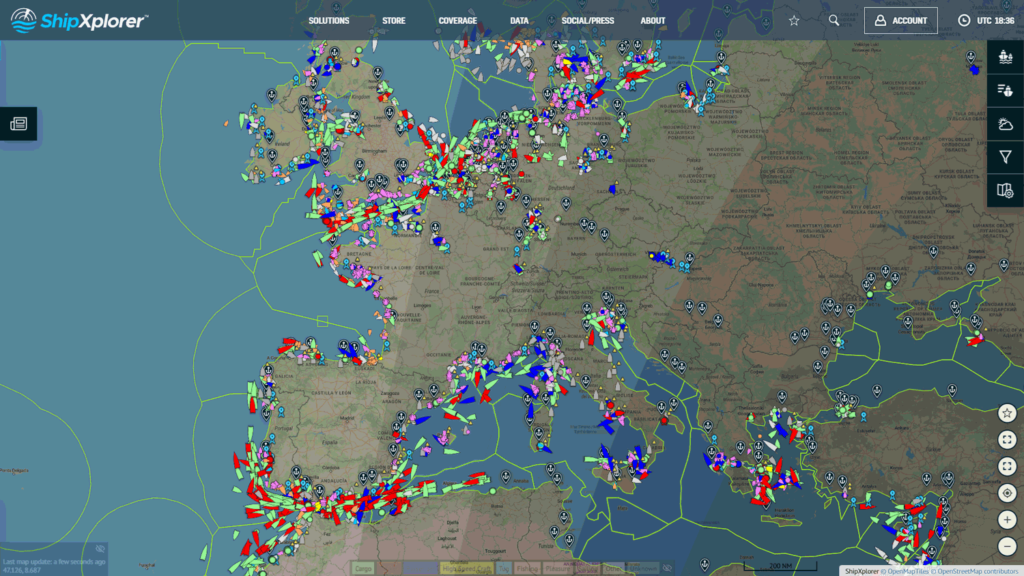
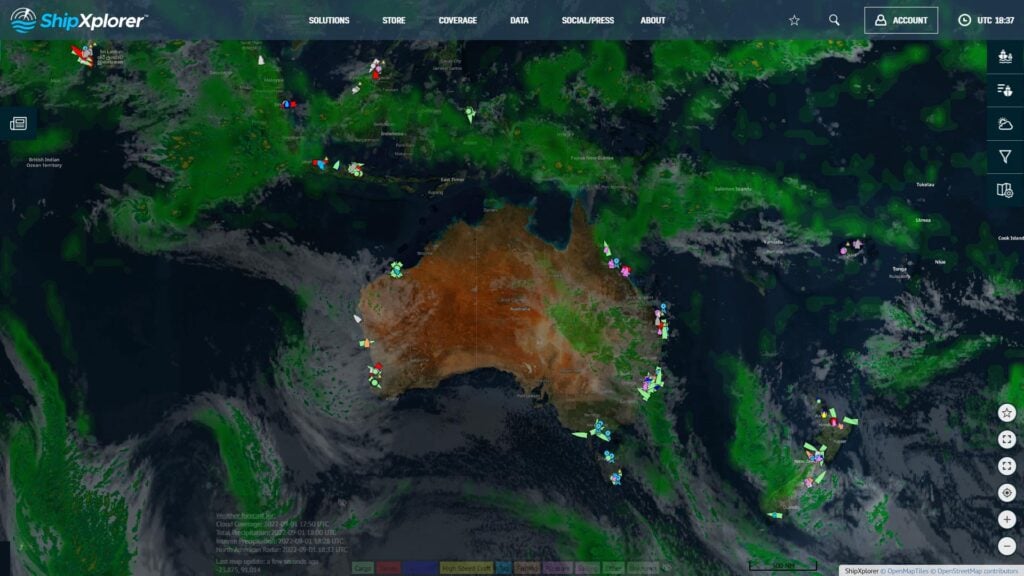
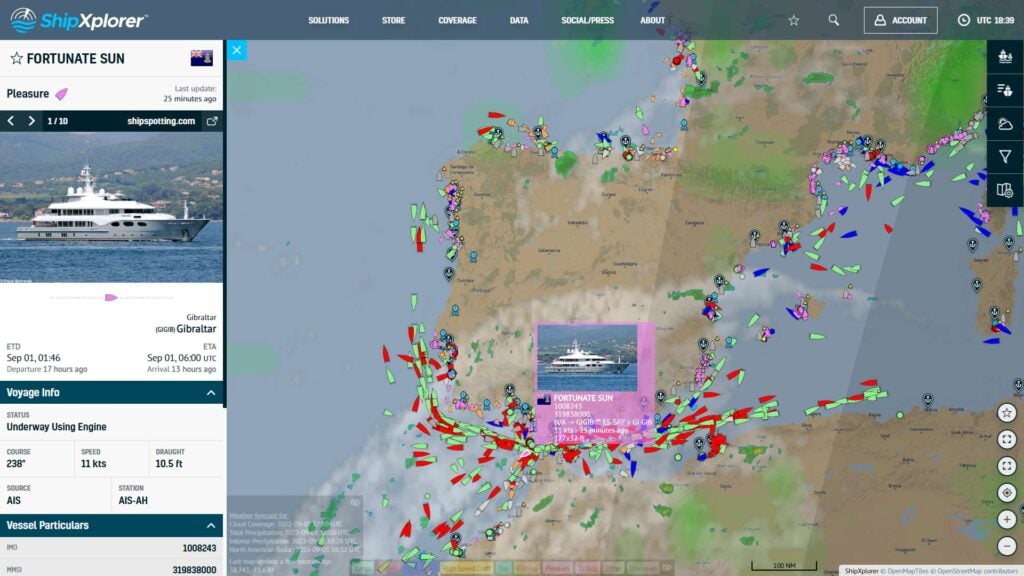
In addition to our recently launched ship tracking portal, we have a variety of AIS hardware, such as dongles and AIS antennas.ShipXplorer AIS Dongle:This high-performance dual channel AIS USB Receiver decodes AIS transmissions and enables the reception of AIS messages and data directly onto devices such as a Raspberry Pi or Laptop.
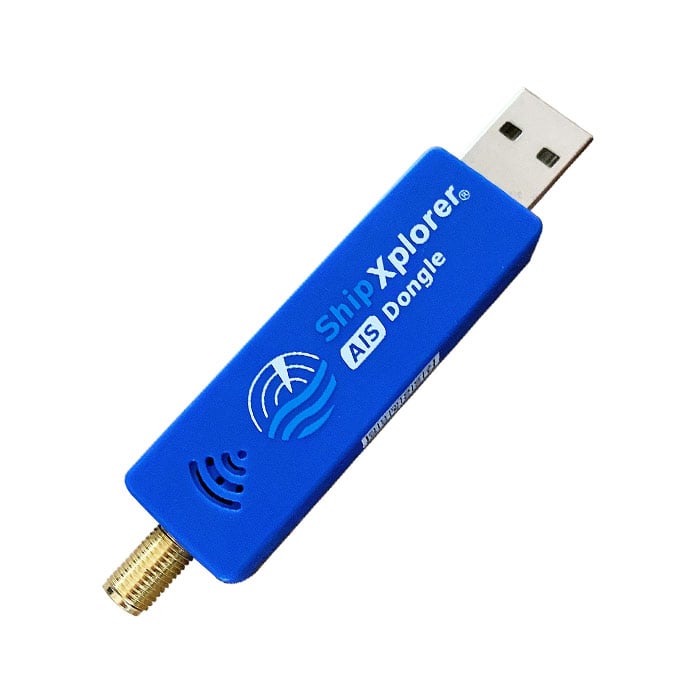
ShipXplorer AIS Antenna:
ShipXplorer's omnidirectional AIS Antenna is optimized for long-range, dual channel (Channel A and B) 162 MHz VHF reception. It also ships with a 30 ft cable (SMA connector). Meant for outdoor use, this antenna is built with a fiberglass & aluminum alloy and can weather prolonged exposure to the elements.

ShipXplorer Sea Range AIS Receiver:SeaRange is ShipXplorer's newest 162 MHz, dual channel, AIS receiver. This brand-new model includes an added filter and an inbuilt amplifier designed to optimize AIS reception on both 162.025 MHz & 161.975 MHz frequencies.
And we are currently working on expanding our AIS coverage globally.
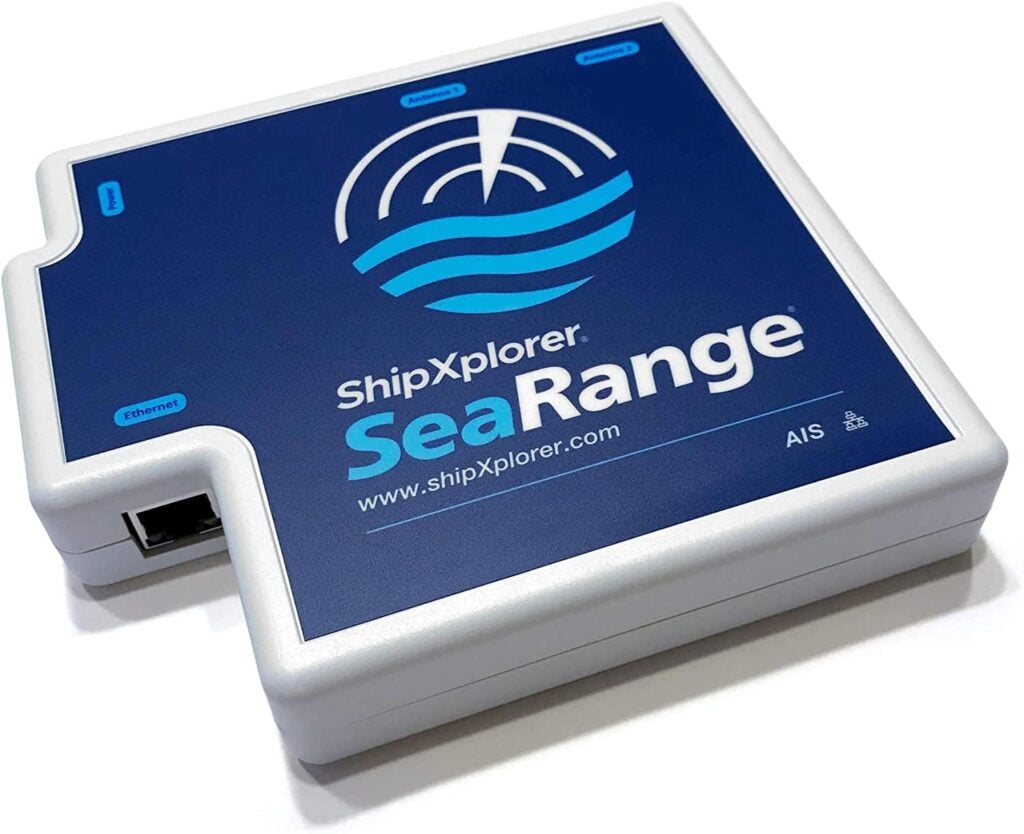
ShipXplorer website: https://www.shipxplorer.com
ShipXplorer hardware: https://www.shipxplorer.com/store
Add coverage: https://www.shipxplorer.com/addcoverage Sharing AIS Data with ShipXplorer:And recently, we've also introduced the possibility of sharing AIS data with us using the AIS Dispatcher:Some of the benefits feeders receive for sharing data with ShipXplorer include:
- Free Business Account Access (benefit from all possible website features for free, while sharing data with ShipXplorer)
- Dedicated Whatsapp, Facebook & Telegram Groups
- Access to ShipXplorer' MyStation page where users can monitor all traffic received by their own units.
